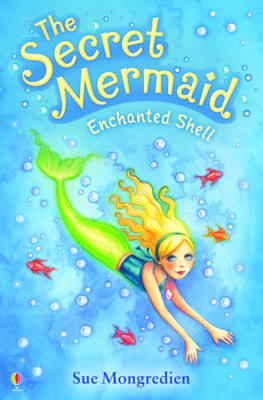
Full of rage and self-loathing, Medusa grows ravenous for connection, ‘a girl on the edge’ While they undoubtedly beautify an already alluring object, the deeper Higgins leads the reader into her forest of tales, the less necessary they feel. Higgins’s own volume is illustrated by the Turner prize-winning Chris Ofili, whose drawings are charming and airy, suggestive in spirit of Matisse’s pencil sketches. Initially, she suggests, it was the pictures that enthralled her – emphatic illustrations by Elisabeth Frink that exude dark solidity. She first fell under the spell of the myths when an older brother bought her a copy of Kenneth McLeish’s Children of the Gods. Gusseted with a map, family trees, notes and glossaries, this feminist corrective oddly recalls the kind of old-fashioned mythological compendia that Higgins grew up with. Together, these women and goddesses beckon us into a land of magic and monsters, impossible tasks and serpentine journeys, while simultaneously underscoring the importance of weaving – generally women’s work – in the classical world.

The collection features eight stories in all, its other weaver-narrators including Athena, inventor of the loom, and Penelope, who, still awaiting Odysseus’s return after 20 years, puts off pushy suitors by telling them she must first finish making her father-in-law’s shroud (every night she unravels her day’s work). And a mortal named Arachne challenges the goddess Minerva to a tapestry-making contest.Ĭhris Ofili’s The Riddle of the Sphinx, from Charlotte Higgins’s Greek Myths: A New Retelling. It was often a woman.” The Athenian princess Philomela, her tongue cut out, gives an account of rape and imprisonment through the stories she laces into the border of a tapestry that later inspires a gruesome denouement. Higgins seeks to reassert it here, depicting Helen of Troy sitting at her loom, weaving images of the war for which she was a pretext – “there was always an excuse for war, some symbol or stand-in.

The words “text” and “textile” share a common Latin root, and throughout antiquity there was a persistent connection between the two. Or rather, it’s woven by female characters, because to give voice to this very 21st-century impulse, she uses a classical literary convention known as ekphrasis, or the telling of tales through descriptions of striking works of art – in this case, tapestries. Taking her lead from the likes of Pat Barker and Madeline Miller, Higgins’s Greek Myths: A New Retelling is narrated by female characters.

What is relatively new is the way in which female mythological characters are now being placed at the centre of narratives in which they’ve traditionally been peripheral.


 0 kommentar(er)
0 kommentar(er)
